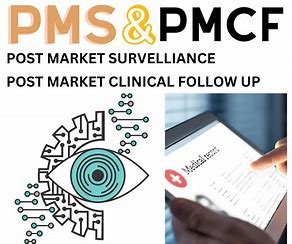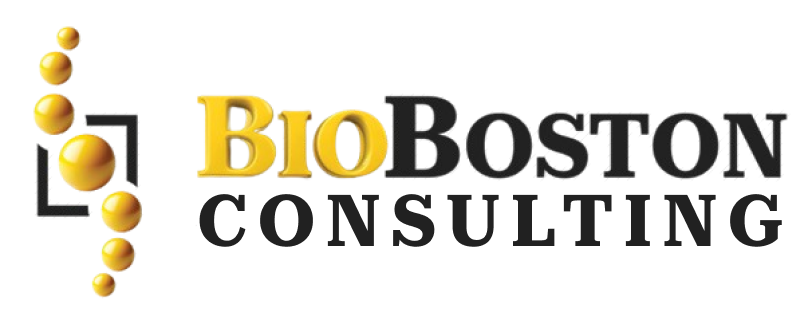Explore the significance of Post-Market Surveillance (PMS) in maintaining patient safety, ensuring regulatory compliance, and fostering innovation in medical devices.
In this article, we will understand the importance of PMS and how it helps maintain patient safety (enabling regulatory compliance as well) while aiding the medical device market grow better.
The launch of a medical device is a huge milestone for manufacturers. However, after all the years of research, development and regulatory approvals, the devices are supposed to do to do what they were built to do which is benefit patient lives.
This is a cornerstone that ensures devices maintain the best safety and efficacy throughout their demand life cycle. This article will dive into the significance of PMS for medical devices and how it is a benefit to the health of patients, adhering to regulations and adding on another level for product innovation and reputation in one the most competitive industries within life science industry.
The Importance of Post Market Surveillance
1. Patient Safety First
Safety of patients is the first and foremost goal of PMS. Despite the extensive pre-market tests and assessments as well as even post market surveillance normally undertaken prior to a medical device been marketed; when a device gets used in actual application some unexpected problems or health implications may occur. Product lifecycle management System (PMS) enables manufacturers prompt identification and corrective actions in the event of safety issues with respect to potential patient harm.
Through continuous monitoring of adverse events, device malfunctions and user complaints, manufacturers can act quickly to reduce associated risks and improve the safety profile of their devices. Adhering to this commitment to patient safety does more than discharge ethical duty, it also protects the long termsuccess of the Manufacturer.
2. Regulatory Compliance
Strict PMS requirements are enforced by regulatory bodies, most notably the U.S. Food & Drug Administration (FDA) and European Medicines Agency (EMA). Noncompliance with these can be punished for an accompanying legal action, including fines, product recall, and even a withdrawal on market approvals.
A well-honed PMS strategy provides for continued adherence to regulatory expectations. This involves the reporting of reports on time, accurate assessment of risks and GVP along with GMP.
3. Improving and Innovation on Product
As we know, PMS is not only a tool for problem identification, but it also serves as feedback to the manufacturers. Monitoring device performance in real time and extracting user feedback allows manufacturers to make informed decisions about better designs and features. It is this process that encourages innovation and keeps the manufacturers competitive in a very rapidly changing industry.
PMS data is the source of identification for manufacturers as well: where can I revisit this product? and what kind of future enhancements (or even new devices altogether) do I have to develop in order to address emerging healthcare requirements?
4. Building Trust and Reputation
The value of trust, especially in the life sciences industry is immeasurable. The safety and reliability of medical devices must always inspire confidence in patients, healthcare professionals and regulatory authorities. A strong PMS program is a testament to a manufacturer’s dedication to transparency, accountability and patient safety.
Addressing these safety considerations swiftly and effectively through PMS by manufacturers further strengthens their status as responsible players in healthcare. This enables not just a market share, but also the cultivation of lasting relations with healthcare providers and regulatory agencies.
How to Launch an Observable PMS Approach
1. Data Collection and Analysis:
At the core of every PM strategy is data; To be proactive and effective where needed, manufacturers need to develop a streamlined data collection and analysis process that will culminate information provided by all sources of available data including adverse event reports, customer complaints, clinical studies (local registers etc.) and feedback / market checks.
These types of software can be useful as they let you track data and identify trends that could become safety issues.
2. Review identified threats and vulnerabilities: Ranking of the Identified Threats/Categories.
Of course, not all reported events are created equal. The severity and likelihood of risks must be judged on the basis of priority by manufacturers. These effective risk assessment methods enable to allocate resources efficiently and emphasize on immediate issues.
3. Communication and Reporting:
For PMS to work, the communication needs to be on point. Where appropriate, manufacturers shall provide a clear process for notifying regulatory authorities regarding adverse events and for notification to responsible healthcare providers and patients. This ensures appropriate regulatory compliance and patient safety.
4. Continuous Improvement:
PMS is not a one-time job; it is an ongoing process. Manufacturers need to periodically evaluate and enhance their PMS strategies in line with evolving regulatory demands as well as new safety issues. This includes learning from previous incidents.
Conclusion
Post-Market Surveillance (PMS) is an inseparable part of a medical device lifecycle, and indeed emphasis should be laid on it. It is a multi-dimensional process that accomplishes the most important goal: Ensuring patient safety, while maintaining compliance to regulations and goodwill for the medical device manufacturer.
Drug manufacturers that manage a system of PMS fulfill their ethical obligations to patients, while also maintaining a responsible and reliable place as partners in healthcare. Factors such as data collection and analysis, evaluating risks and building a culture of on-going improvement empower manufacturers to sail through the labyrinth of PMS.
The life science industry is highly competitive, and today — successful medical device manufacturers must also consider what comes after the launch into market. It is all about their dedication towards the safety and wellness of patients.
For experienced guidance in developing and executing a comprehensive PMS strategy, contact us with questions or comments at our regulatory consulting firm for the medical device industry.
Contact BioBoston Consulting today or visit our website to find out how we can help you.

